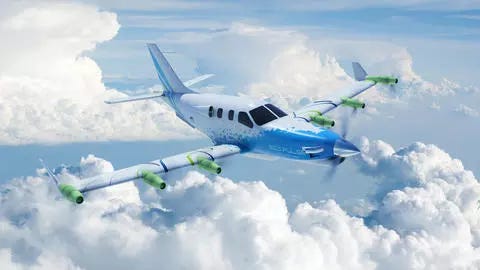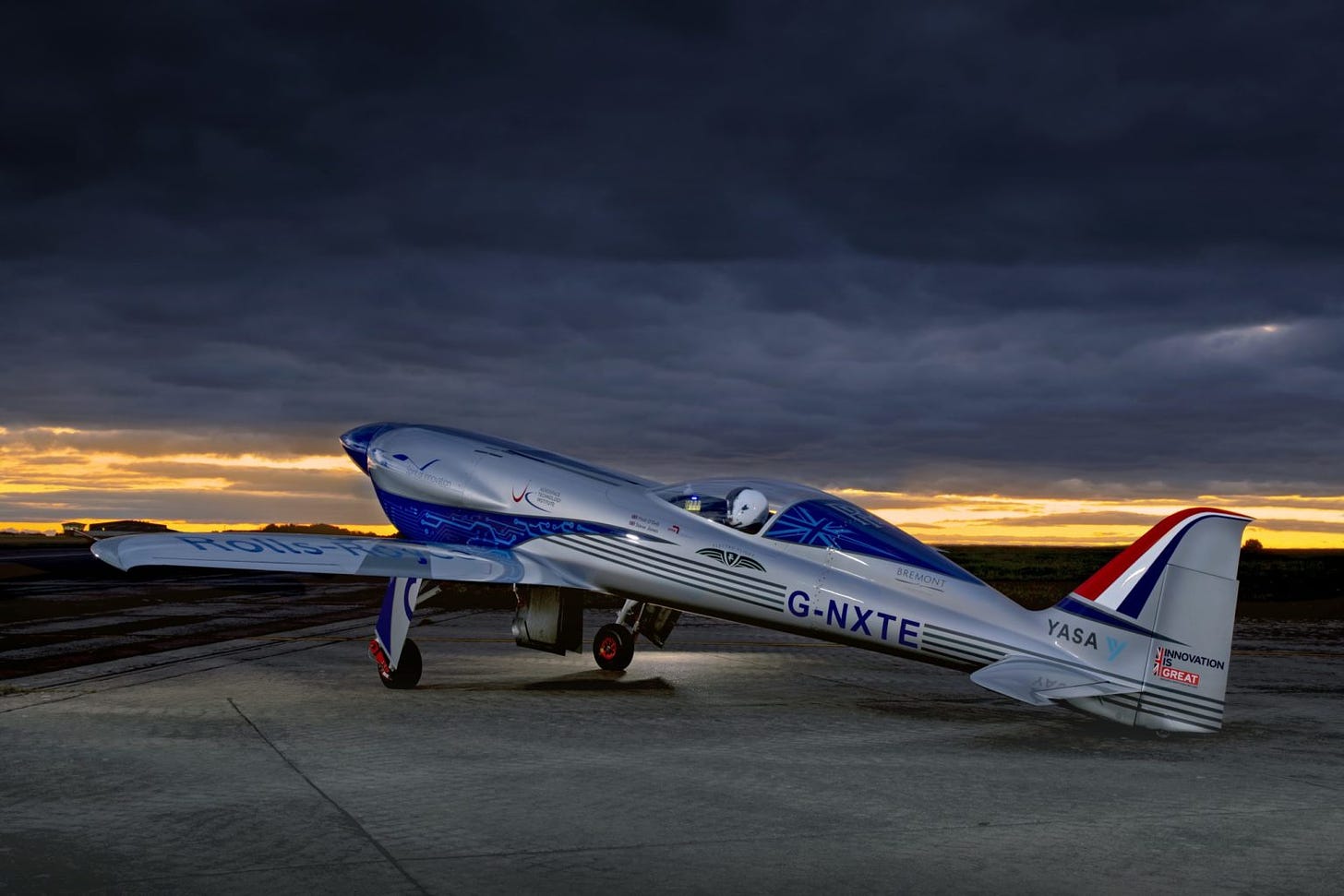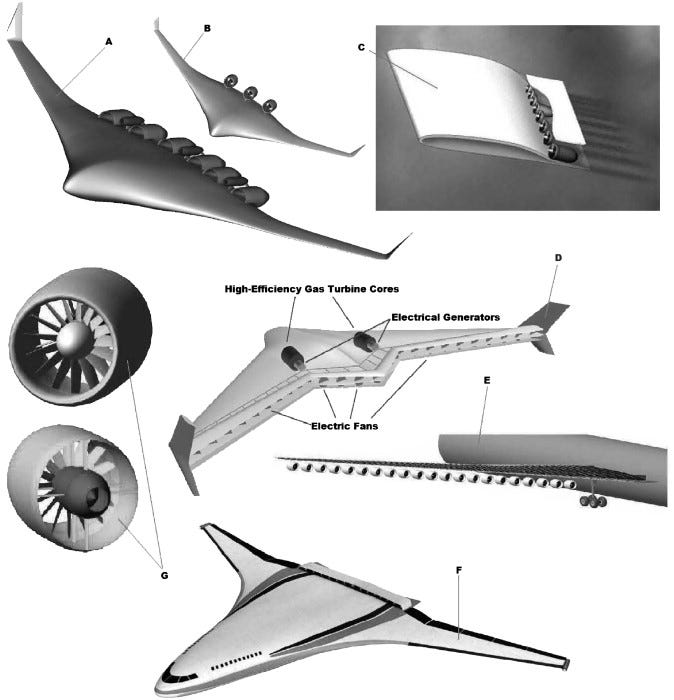DISTRIBUTED PROPULSION TECHNOLOGY
Aviation is growing and so is our need to fly higher and faster. Taking off into an unknown sky and landing far away to bring families together. And in all that we have made a promise to all the ones traveling aboard, a promise to always make their travel comfortable and efficient.
But there is one more promise we had made to mother nature to keep it cleaner and greener. Adhering to this we aviators have innovated the whole aircraft from tires to the engines and we will continue to do so. One such milestone that we have set foot to achieve is “DISTRIBUTED PROPULSION TECHNOLOGY”.
THE NEW NORMAL…
Electricity is in the air, it has now become the new normal (especially in the general aviation market) to have aircraft propelled by electric motors. And with time many aerospace companies in collaboration with the world’s renowned engine companies are trying to engineer more sustainable and faster engines.
The major advantage electric engines have over conventional ones (apart from emission) is they can be placed at any suitable location without having to worry about exhaust residues and mechanical complexity.
But on the other side of the coin, electric propulsion has only been able to make the smaller planes fly because the energy needed to take these big metal birds into the air is so massive that it will create more problems than the advantage it provides. And the only solution we have now to cater to this problem is “Distributed propulsion technology”
SYSTEM DYNAMICS
The proposed system will use three or more propulsion units along the leading edge of the wing, arranged in two configurations i.e. “LEADER” and FOLLOWER” CONFIGURATION.
Leader configuration would use multiple propulsion units driven by their driving units to generate thrust(much like many small engines working separately), whereas
The Follower configuration will have multiple fans/propellers on each side of the wing driven by one or two engines through a belt, pulley, or some kind of mechanical or aerodynamic linkages.
In addition to providing multiple thrusts the proposed system will also help in energizing the boundary layer, enhancing flow separation, and most importantly will enhance control surface effectiveness just like the conventional propeller that helps to increase the effectiveness of the rudder.
CONCLUSION
Although it was all under the development stage, one thing is sure we have entered a new era of technology and science. An era where we will have an alternative to traditional fossil fuels. We would probably achieve zero-emission targets and if things work out in our favor we would be able to bring electric propulsion to commercial air travel also.







